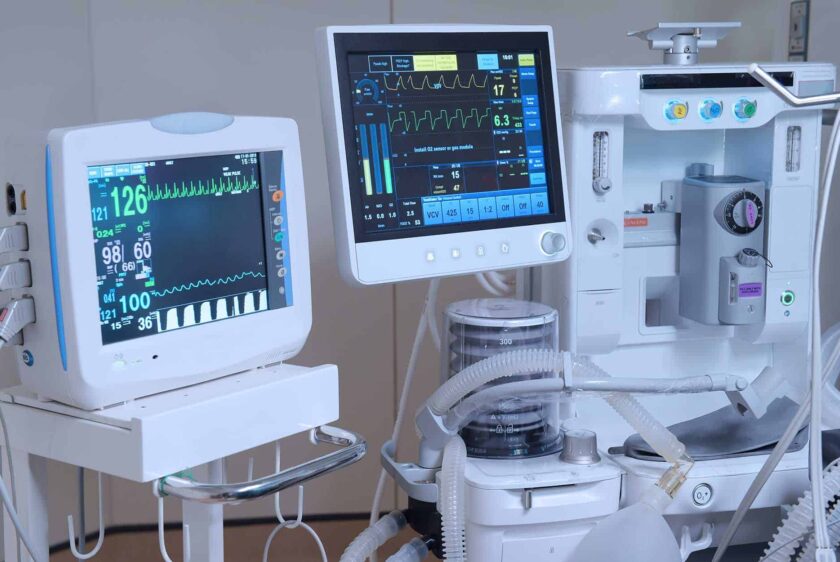Saudi SFDA Medical Device Classification
Saudi SFDA Medical Device Classification

The SFDA’s classification system generally follows international standards, such as those outlined by the Global Harmonization Task Force (GHTF), now succeeded by the International Medical Device Regulators Forum (IMDRF), and may also be influenced by the classification systems of other regulatory authorities.
While specific details of the SFDA’s classification criteria may not be readily available, it typically includes classes similar to those found in other regulatory frameworks, such as:
Saudi SFDA Medical Device Classification
Saudi Arabia classifies medical devices into four classes and uses the same 22 classification rules found in the MDR:
- Class A - Low risk (MDR Class I).
- Class B - Low to medium risk (MDR class IIa).
- Class A – Sterile or Measuring function - Low to medium risk (MDR Class I – sterile/measuring)
- Class C - Medium to high risk (MDR class IIb).
- Class A – Reusable surgical instruments - Low to medium risk (MDR Class I - reusable)
- Class D - High risk (MDR class III).
In Vitro Diagnostic Devices
IVD classifications are similar to those defined in the EU IVDR:
Class A - Lowest risk. Examples include specimen receptacles and buffer solutions.
Class B - IVDs for self-testing with lower risk to patients.
Class C - IVDs used for detecting an infectious agent that does not have a high risk of propogation.
Class D - IVDs that detect or are exposed to life-threatening transmissible agents or or transmissible agents and infectious diseases with a high risk of propagation.
Frequently Asked Questions: Saudi SFDA Medical Device Classification
1. What is the purpose of Saudi SFDA medical device classification?
SFDA classification ensures medical devices are assessed based on their risk levels, usage, and complexity. This helps regulate their safety and effectiveness in the Saudi market.
2. How are medical devices classified by the SFDA?
The SFDA classifies devices into four classes:
- Class I (Low Risk)
- Class II (Moderate Risk)
- Class III (High Risk)
- Class IV (Very High Risk)
3. What factors determine a device’s SFDA classification?
Key factors include the device’s intended use, risk to patients, duration of use, and whether it is invasive, active, or implantable.
4. Is SFDA classification mandatory for all medical devices?
Yes, any medical device entering the Saudi market must undergo SFDA classification to ensure compliance with national regulations.
5. How can manufacturers determine the classification of their devices?
Manufacturers can refer to SFDA guidelines for device classification. Consulting with a Saudi-authorized representative or a medical device consultant can also simplify the process.
Quick Contact
If you have any questions or need help, feel free to contact with our team.
©2025 OMC Medical, All Rights Reserved. With Love by 7oroof.com

Our team will be happy to respond your queries. Contact us directly with your questions or for scheduling FREE consultation and we’ll be in touch as soon as possible.
Quick Contact
If you have any questions or need help, feel free to contact with our team.

Our team will be happy to respond your queries. Contact us directly with your questions or for scheduling FREE consultation and we’ll be in touch as soon as possible.
Quick contact
- info@omcmedical.co.uk
-
0044 7719761764
0044 2080667260 - Planet House, North Heath Lane, Horsham, West Sussex RH12 5QE

Our team will be happy to respond your queries. Contact us directly with your questions or for scheduling FREE consultation and we’ll be in touch as soon as possible.
Our Branches
- Switzerland
- Europe (Northern Ireland)
- Asia
- Canada
- Brazil
- Middle East
- China
- Turkey (Partner Office)

To launch a medical device in a country, medical devices must comply with the local country’s regulatory requirements. Let us be your trusted partner in bringing your medical devices to the Global market. Contact us today to learn more about how we can assist you in every step of the way.
Our Branches
- Europe
- Asia
- Africa
- Oceania
- South America
- North America
- Planet House, North Heath Lane, Horsham, West Sussex RH12 5QE
- Planet House, North Heath Lane, Horsham, West Sussex RH12 5QE
Copyright © 2025 OMC Medical. All Rights Reserved OMC Medical


